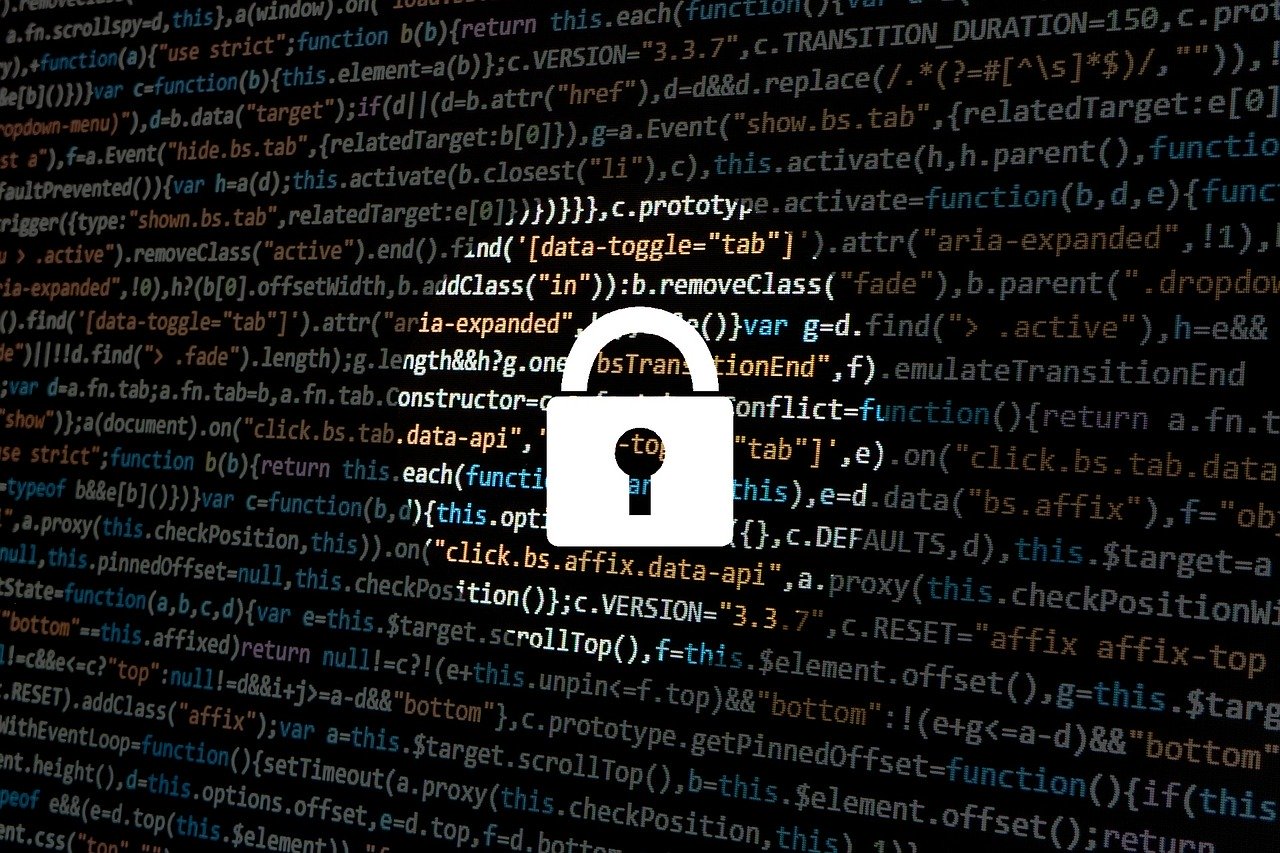As we have discussed in our latest series of blog posts, evolving cyber security threats have virtually every type of business and organization on edge. The threats are more sophisticated, the data is more sensitive and vulnerable, and the industry is facing a severe shortage of cybersecurity professionals. Whether a large corporation or individual account owner, we all face risk.
You have allies in this fight, however.
Managed services firms offer support to companies and enterprises of all sizes. They provide the personnel who vigilantly and proactively deal with emerging threats.
As we look forward to 2020, these are the security threats that the team at Alliance IT is watching closely.
2020 Online Security Threats and Trends
Phishing scams attack via digital messages (emails). They are designed to trick the recipient into clicking on a link, which will subsequently install malware on the network or expose sensitive data.
More employees are aware of the dangers every day, yet hackers are getting more creative. Increasingly convincing fake emails appear legitimate and from a trusted source. The only difference is often a subtle spelling difference in the URL. Once a user clicks on the compromised link, hackers have access to user passwords, credit card information, and other forms of personal financial data. They can also often gain entry directly into the organization’s network.
Ransomware attacks cost victims many billions of dollars annually. Cybercriminals utilize tactics that enable them to “kidnap” a database and hold the data for ransom. As companies are taking steps to thwart these types of attacks, experts warn that the hackers may switch to targeting high-value individuals, rather than corporations.
Cryptojacking entails cybercriminals hijacking third-party home or work computers to “mine” for cryptocurrency. This theft requires significant amounts of computer processing power. The trend has led hackers to covertly “piggyback” on someone else’s host system. When a system or network is cryptojacked, it can suffer severe performance issues and downtime for the organization. Therefore it is not that the organization’s data is stolen necessarily, but their system performance being severely handicapped.
State-sponsored attacks involve foreign entities infiltrating government infrastructure, and we expect the practice to increase in 2020. While attacks based on geopolitics may not affect companies directly, this type of cybersecurity threat could take out the critical infrastructure needed by us all.
IoT (Internet of Things) attacks are becoming more common by the day, as we are increasingly more connected than ever. Attacks can affect laptops, tablets, routers, webcams, home security systems, smart wearable and medical devices, household appliances, manufacturing equipment, and even our cars. As the convenience for consumers grows, so does the opportunity for cybercriminals to gather data from a multitude of sources. Once accessed by hackers, IoT devices can be used by criminals for a wide variety of breaches.
Electronic Medical Records (EMRs) and smart medical devices provide a whole new trove of data to steal. Medical records have been digitized, and medical devices are considered necessary for modern healthcare. As healthcare data increasingly resides online, the privacy, safety, and cybersecurity threats grow. The Software Engineering Institute of Carnegie Mellon University recently stated that patient data and information would be increasingly vulnerable in 2020. Even more concerning to researchers watching the trends is the risk of remote compromise of a device directly connected to a patient. Through a digital cyber attack, medication dosages could be tampered with, and electrical impulses disabled. Because the technology is still evolving, and medical professionals are still learning to navigate the new capabilities, hackers are exploiting vulnerabilities and gaps.
This information is not meant to scare you, but to inspire you to look into taking cybersecurity threats seriously as we move into the new decade. Call Alliance IT today. We can help you to assess your current situation, and to prepare your organization for the threats of the future.

